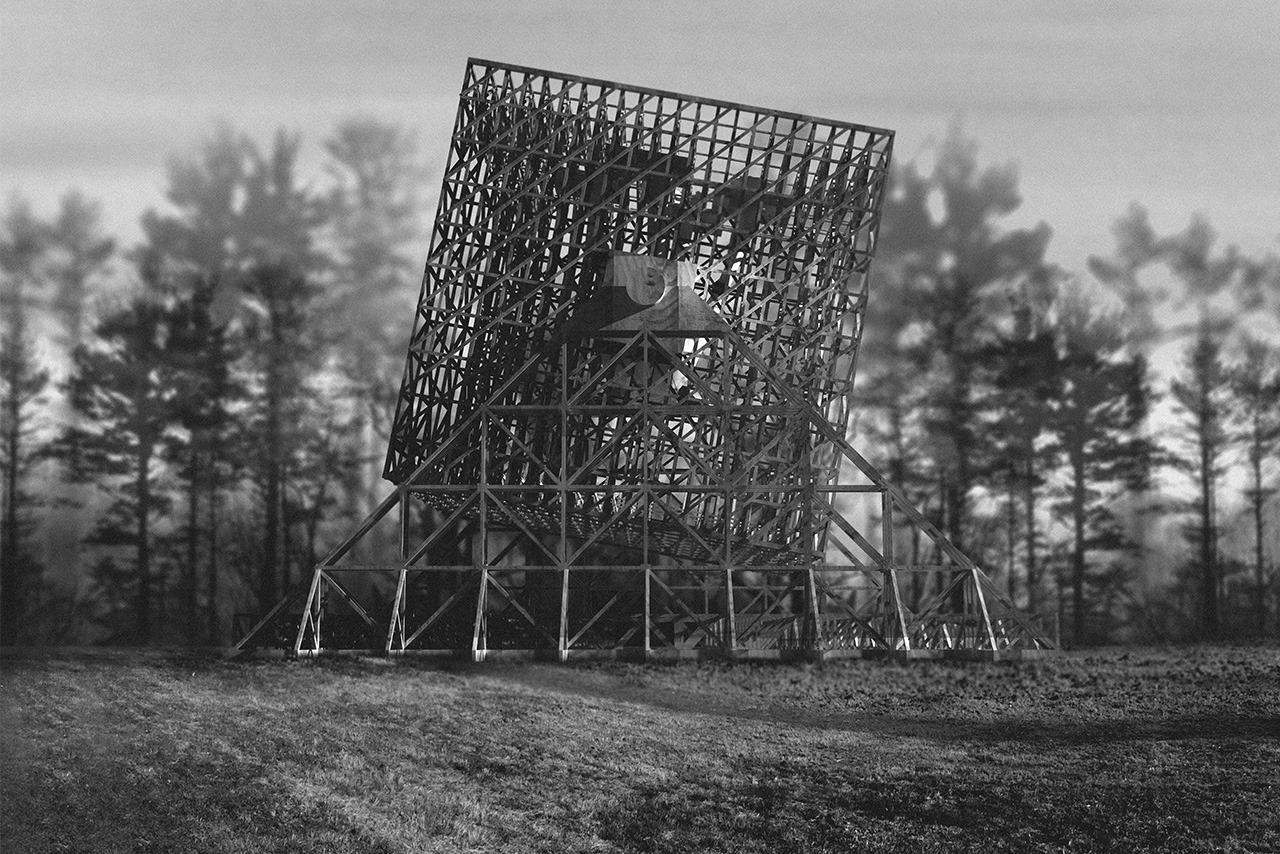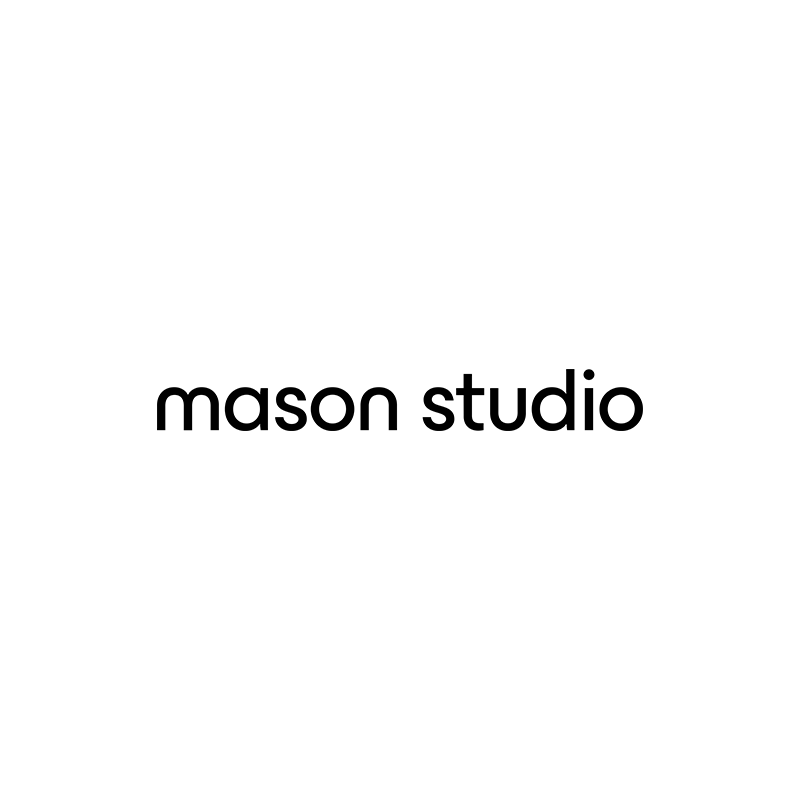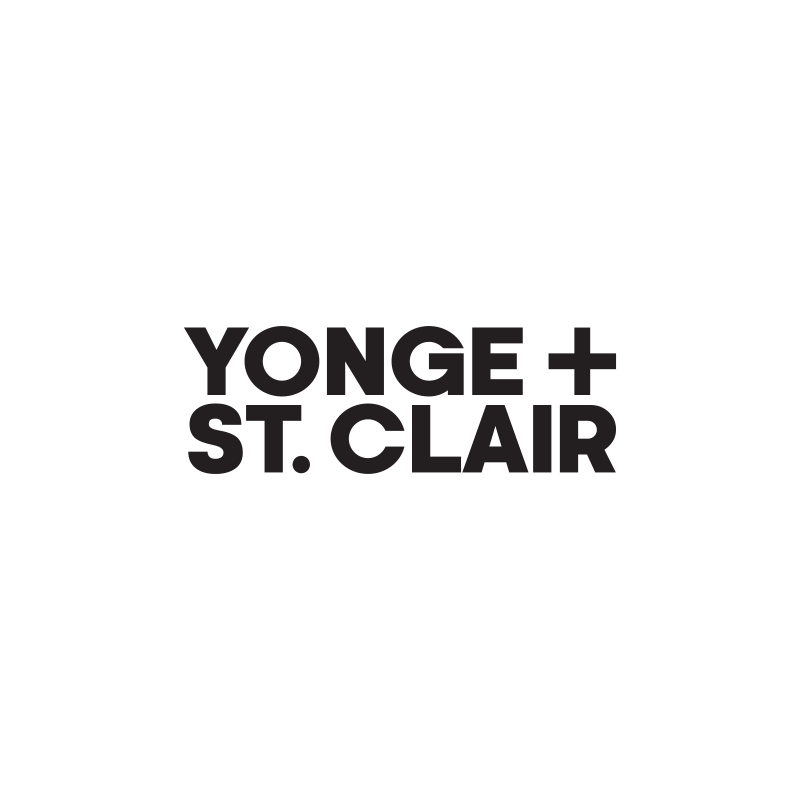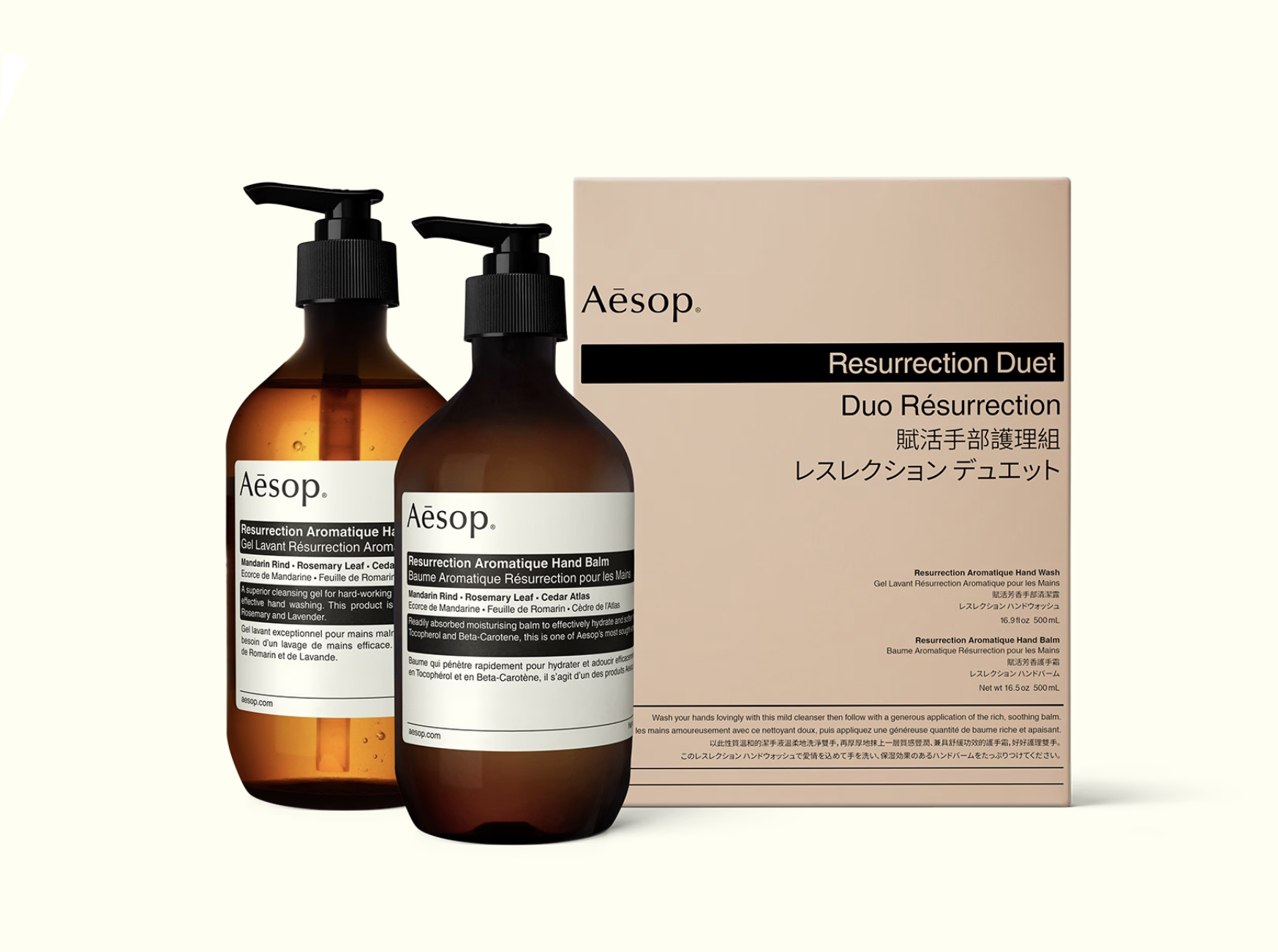
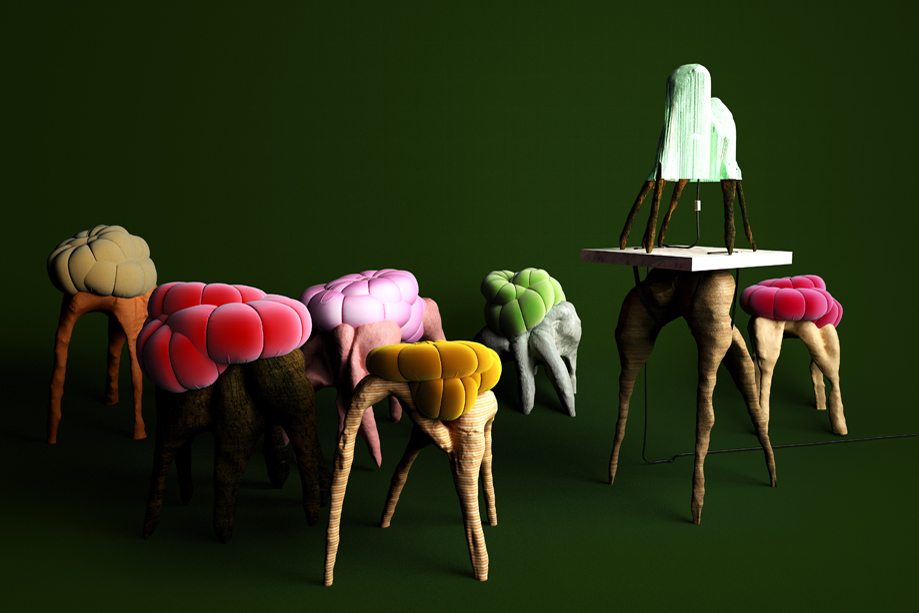
Since 2011, the Toronto Design Offsite Festival has featured a wealth of talent. From furniture to installation to architecture and more, artists and designers working in a range of media showcase exciting new work. Through our new series, Designer Spotlights, readers will have the chance to learn more about past exhibitors, as well as some more recent additions.
Michael Fohring is an emerging designer and artist based in Toronto. Trained in architecture, he is most interested in the space between art and design, from the creation of objects, furniture, and installations to facets of design that can be used to challenge perception and expectation, ultimately generating community. His work gives expression to matter and physical forces, toying with emotional responses. For him, making is a sensual and theatrical endeavour.
How long have you been involved and what are your favorite things about the TO DO Festival?
2017 was my first year involved in the TO DO Festival, and really how I got my practice moving. I’d have to say that this is precisely my favourite thing about the festival: it’s a wonderful venue for both well-established and emerging practitioners to exhibit and become a part of the Toronto art and design community.
Where do you find inspiration for your work?
Like most artists and designers, I definitely find inspiration in other disciplines – literature, cooking, film – but also very much from my past experiences working on construction sites and playing sports. For me, the physicality of the work is so important: its presence, its weight, the spontaneity and thrill of making. I struggle to design in the computer, or even by drawing. I think the need to work physically, and my excitement about working physically is very much inspired by how I grew up.
How would you describe your practice?
I would describe my practice as very fluid, in many senses of the word. First, I try to stay very open to producing whatever ideas or opportunities come my way, regardless of my training or experience. Bringing a certain amount of naivety to a project can be immensely beneficial, creatively speaking. Second, it’s fluid in the sense that I like to work in a very messy and improvisational way, allowing for some surprises and some disasters to enrich the work.
As a designer working in Canada, what role do you feel TO DO plays in our art and design industry as a whole?
I think TO DO has taken on a significant role in gathering the art and design community in Toronto, and the rest of Canada, and disseminating it to a larger audience. Between the festival itself, and its other programs, it seems to really represent the pulse of what’s going on design-wise here.


